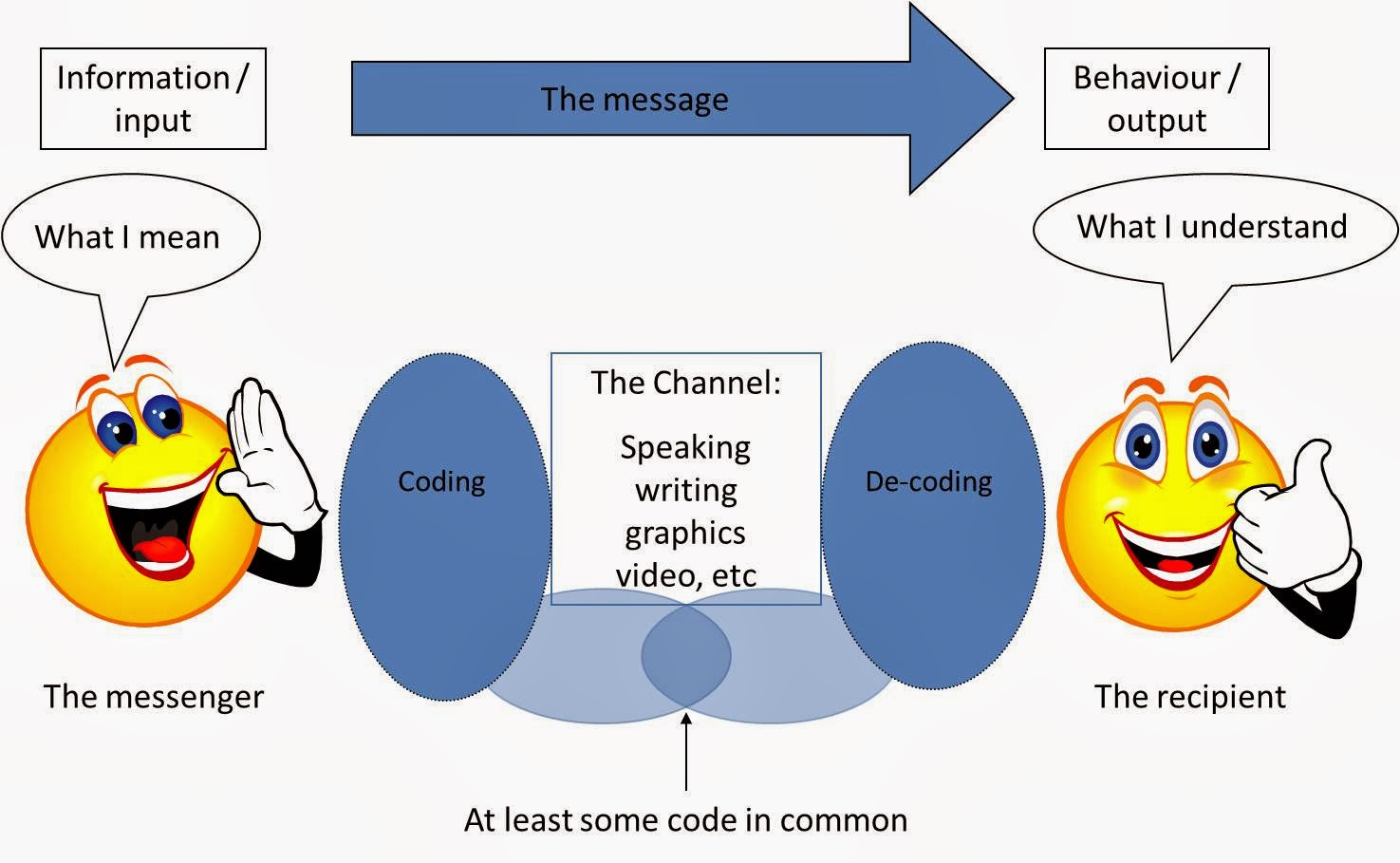Classroom Discourse: Role of Teacher
 Classroom discourse is the engine of learning—and the teacher is its driver. The way a teacher asks questions, responds, encourages, and structures discussions determines whether the classroom becomes a place of rote memorisation or active knowledge construction.
Classroom discourse is the engine of learning—and the teacher is its driver. The way a teacher asks questions, responds, encourages, and structures discussions determines whether the classroom becomes a place of rote memorisation or active knowledge construction.1. Facilitator of Interaction
-
Teachers encourage students to speak, share, and build on each other’s ideas.
-
Example: Instead of answering directly, the teacher says: “That’s an interesting point, Riya. Can anyone add to it?”
-
Impact: Students feel their voices matter, and peer-to-peer learning happens.
2. Questioner and Provoker of Thought
-
Teachers design purposeful questions to move students from recall to higher-order thinking.
-
Example: “What is photosynthesis?” (recall) → “Why do you think plants adapted to do photosynthesis?” (analysis).
-
Impact: Promotes critical thinking and deeper understanding.
3. Scaffolder of Learning
-
Teachers provide hints, prompts, or cues when students struggle.
-
Example: Student: “Water boils at 100°C.”
Teacher: “Good. But what if we are in the mountains—does it still boil at 100°C?” -
Impact: Extends knowledge step by step, without discouraging students.
4. Feedback Provider
-
Teachers give affirmative, corrective, and elaborative feedback.
-
Example: Student: “Gandhiji was born in 1959.”
Teacher: “Almost correct—he was born in 1869. Notice how dates can change the meaning of history.” -
Impact: Helps students learn from mistakes while keeping motivation intact.
5. Manager of Classroom Talk
-
Teachers control turn-taking, balance participation, and ensure no one dominates.
-
Example: “Let’s hear from someone who hasn’t spoken yet. Anil, what’s your view?”
-
Impact: Inclusive participation and a democratic environment.
6. Model of Language and Communication
-
Teachers demonstrate how to use language for reasoning, questioning, and respectful disagreement.
-
Example: Teacher says: “I see your point, but let’s consider another perspective…”
-
Impact: Students learn not just content, but how to communicate effectively.
7. Encourager of Dialogue (Beyond IRF)
-
Instead of ending with teacher feedback, teachers keep the dialogue flowing.
-
Example:
-
T: “Why do rivers flood during monsoons?”
-
S1: “Because of heavy rainfall.”
-
T: “Good. Can someone add another reason?”
-
S2: “Because of poor drainage.”
-
-
Impact: Students co-construct knowledge.
8. Culture Builder
-
Teachers set the norms of how to listen, agree, disagree, or question.
-
Example: At the start of the year, teacher introduces talk rules: “Listen actively, respect different opinions, challenge ideas not people.”
-
Impact: Safe, respectful, and productive learning environment.
✨ Summary Table: Role of Teacher in Classroom Discourse
| Role | What Teacher Does | Example | Impact |
|---|---|---|---|
| Facilitator | Encourages interaction | “Can anyone add to Riya’s point?” | Peer learning |
| Questioner | Asks purposeful Qs | “Why do plants photosynthesise?” | Critical thinking |
| Scaffolder | Provides hints/prompts | “What if it’s at higher altitude?” | Step-by-step growth |
| Feedback Provider | Corrects/affirms | “1869, not 1959.” | Error correction with motivation |
| Manager | Balances talk | “Let’s hear from Anil.” | Inclusive environment |
| Model | Demonstrates language | “I see your point, but…” | Teaches communication |
| Dialogue Builder | Extends beyond IRF | “Who can add another reason?” | Knowledge co-construction |
| Culture Builder | Sets norms of talk | “Challenge ideas, not people.” | Respectful discourse |
🌟 Exam-Style Answer
“The teacher plays a central role in classroom discourse as a facilitator, questioner, scaffolder, feedback provider, manager, model, dialogue builder, and culture setter. For example, by asking probing questions, encouraging multiple viewpoints, and providing constructive feedback, the teacher ensures that classroom talk moves from mere recall to critical thinking. Thus, the teacher is the architect of meaningful communication and effective learning.”


Comments
Post a Comment